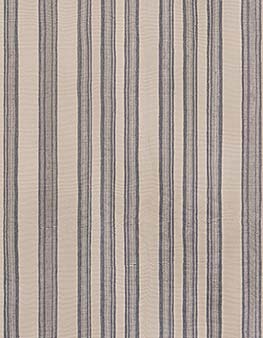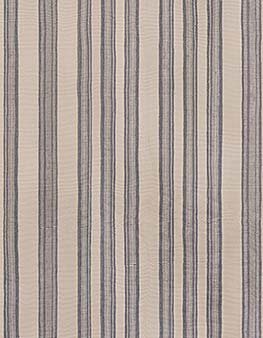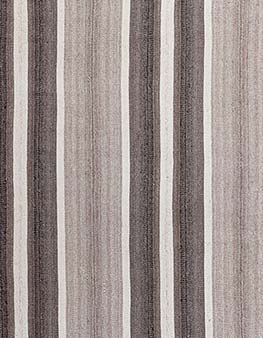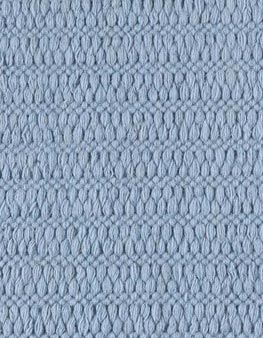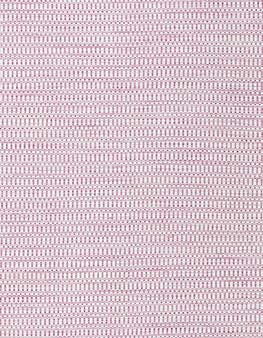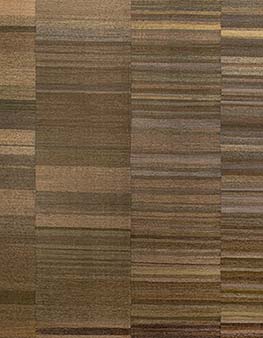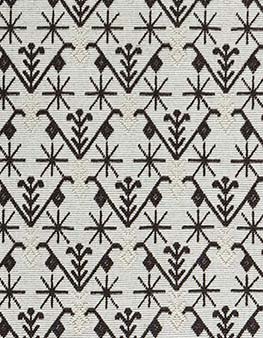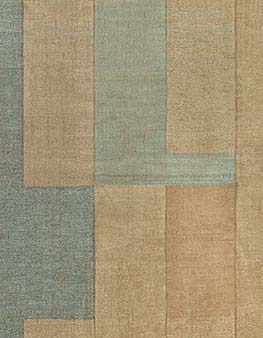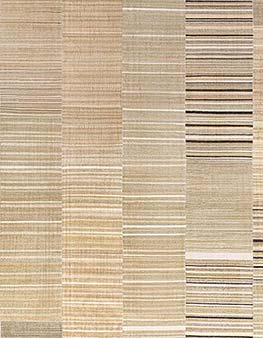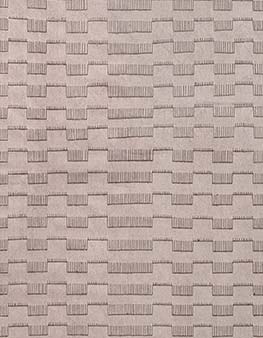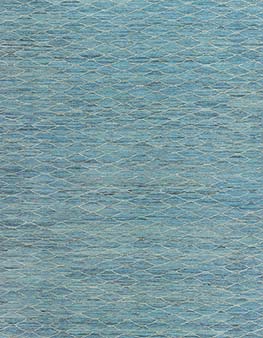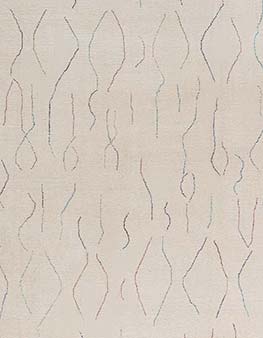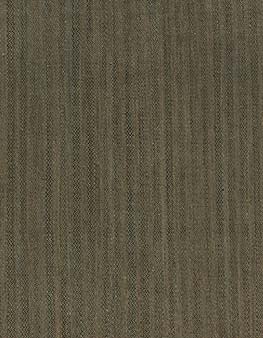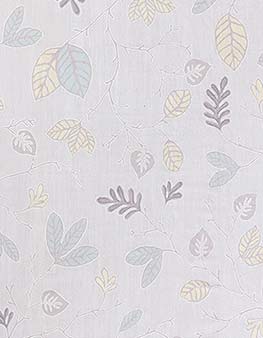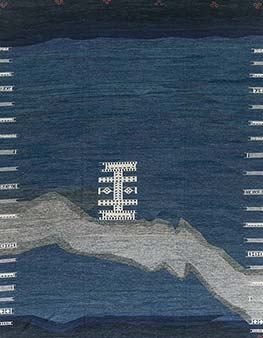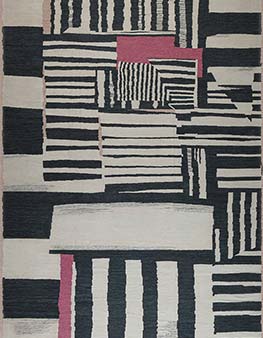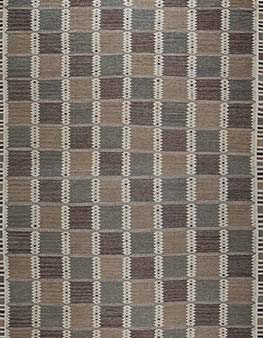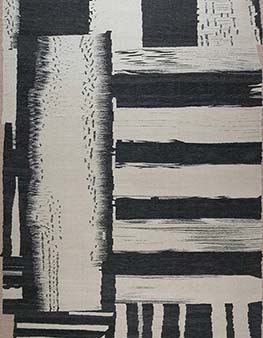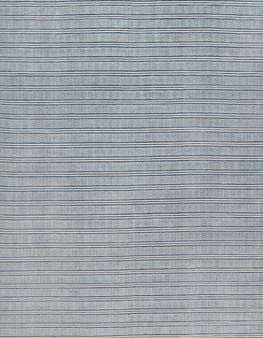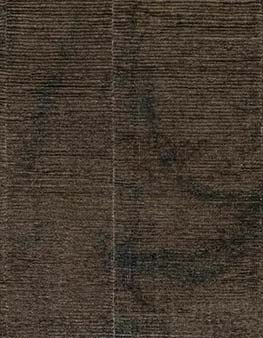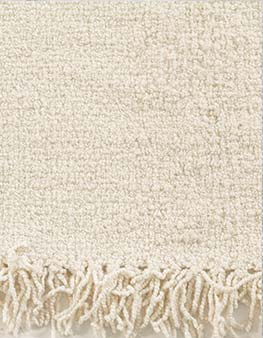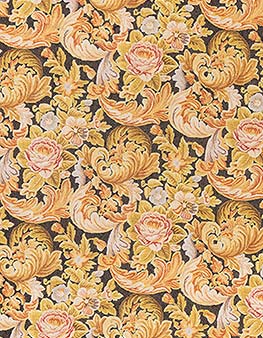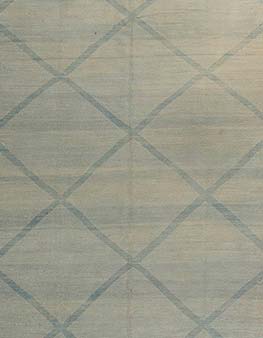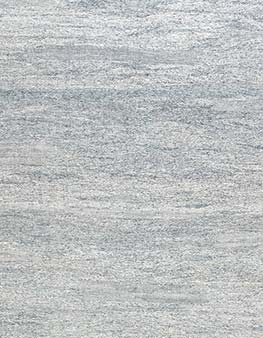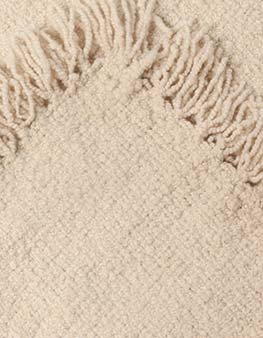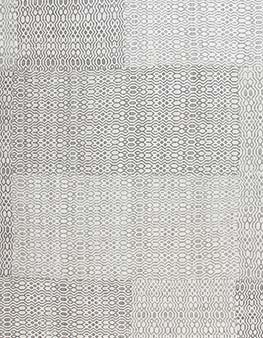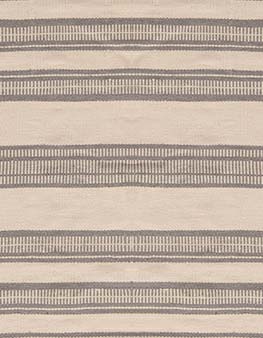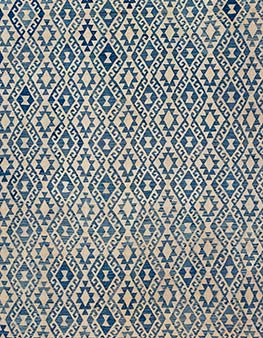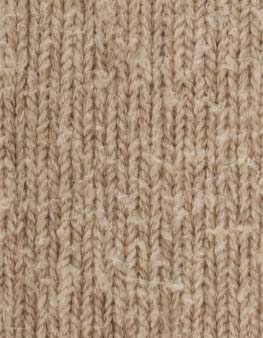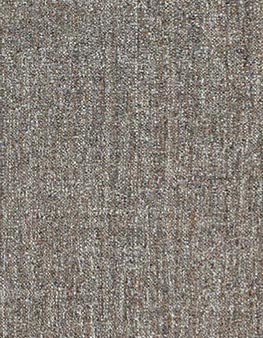A Simple Explanation of Flat Woven and Flat Weave Rug
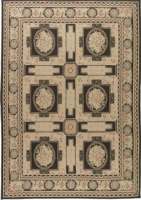 Flat weave or flat woven rug is a decorative fabric created by interlacing warp (vertical) and weft (horizontal) threads. In contrast to knotted carpets, they do not have a pile. There are many types of flat-weaves coming from different parts of the world. The most recognizable are Oriental kilims and Scandinavian rollakans. Flat-woven rugs have tribal origins and frequently bear traditional motifs. Together with colors, the designs convey a deeper message.
Flat weave or flat woven rug is a decorative fabric created by interlacing warp (vertical) and weft (horizontal) threads. In contrast to knotted carpets, they do not have a pile. There are many types of flat-weaves coming from different parts of the world. The most recognizable are Oriental kilims and Scandinavian rollakans. Flat-woven rugs have tribal origins and frequently bear traditional motifs. Together with colors, the designs convey a deeper message.
Flat weave rugs constitute an important part of the weaving heritage. They have contributed to the development of rug-making techniques, being one of the most basic forms of woven textiles.
Flat woven rugs have no pile, their construction consists only of intertwining warp and weft. Therefore, they are light and relatively damage-resistant. Although the lack of soft pile may be a drawback to some, one must appreciate the undeniable advantages of flat-weaves. Even high-quality, hand-knotted carpets wear down after a while, losing their initial glam. Flat weave rugs are durable and practically maintenance-free. Moreover, they are easy to fold and move which comes in handy in case of people who like frequent changes in decor. Finally, flat-woven rugs stand out thanks to their incredible artistic layer. Most of these beauties bear simple tribal or rural motifs dressed in contrasting colors. It gives them a distinctive appeal, both chic and heart-warming. Sought-after by collectors and designers around the world, flat-weaves are fabulous. They match a wide array of decors, from contemporary interiors to bohemian dwellings.
The Invaluable Significance of Flat Woven Rugs & Carpets
Some may think of flat woven rugs as inferior and more primitive than knotted carpets. After all, they are the oldest form of textiles. However, such an approach doesn’t take into account the enormous variety, deep history and meaning of flat weaves.
Originally, flat woven rugs served as bed covers, coats and currency in barter. Only later have they become floor and wall coverings. Today, they are mainly decoration but their initial significance goes much deeper. Flat-weaves have improved lives of many peoples. They provided safety and comfort for early nomadic tribes, giving them warmth, insulation, and shelter. What is more, they have always been a means of artistic expression for tribal weavers. All in all, flat weave rugs are magnificent textiles, full of beauty and historical significance.
First Flat-Woven Rugs
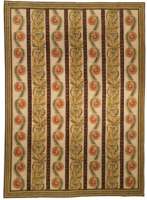 To start with, the first weavers invented simple flat woven rug motifs to reflect important things in their environment. Over time, the motifs have grown in complexity and amounted to an entire “alphabet” of signs. Every design of a flat-weave rug tells a separate story. Patterns of flat-weaves express a whole spectrum of emotions and messages, from fears and joys to wishes and dreams. They represent both the surrounding world and strictly imaginative concepts. Motifs like “elibelinde” (hands on hips), “Sandıklı” (a dowry chest), “Küpe” (earrings), “Bukaǧı”(a fetter) or “Aşk ve Birleşim” (love and union) refer to femininity. They put emphasis on marital happiness and fertility. “Koçboynuzu” (ram’s horn) or “Kuş” (a bird), are rather masculine symbols. These, in turn, represent fertility, power, strength, heroism, luck, and happiness.
To start with, the first weavers invented simple flat woven rug motifs to reflect important things in their environment. Over time, the motifs have grown in complexity and amounted to an entire “alphabet” of signs. Every design of a flat-weave rug tells a separate story. Patterns of flat-weaves express a whole spectrum of emotions and messages, from fears and joys to wishes and dreams. They represent both the surrounding world and strictly imaginative concepts. Motifs like “elibelinde” (hands on hips), “Sandıklı” (a dowry chest), “Küpe” (earrings), “Bukaǧı”(a fetter) or “Aşk ve Birleşim” (love and union) refer to femininity. They put emphasis on marital happiness and fertility. “Koçboynuzu” (ram’s horn) or “Kuş” (a bird), are rather masculine symbols. These, in turn, represent fertility, power, strength, heroism, luck, and happiness.
Feminine flat woven rug motifs show the important role of women in the evolution of rugs. In fact, carpets used to be one of the very few means of expression for females in a patriarchal society. Thanks to female touch, flat-weaves show a great deal of artistic sensibility, taste, and imaginative approach.
Motifs on Flat-Weaves
According to some Middle-Eastern religions, one of the biggest perils in life is the Evil Eye. It is a curse from a malevolent glare, usually given to someone who is completely unaware of the fact. Many cultures believe that receiving the evil eye will cause misfortune or injury. Kilims or flat-woven rugs, contain special “talismans” to ward off the Evil Eye. They secure the family and friends from tragic consequences of bad wishes made out of jealousy or revenge. “Göz” – an eye – is the strongest and most frequently applied protective flat woven motif of this sort. However it is not the only one. “Çengel” – a hook, “Muska” – an amulet, “Pitrak” – burdock, or “Haç” – across all serve the same purpose.
Finally, there are religious motifs referring to the concept of eternal life. “Hayat Aǧacı” – the tree of life is the most iconic carpet pattern of all times which originated from flat woven rugs. The tree is a common theme for all religions worshipping a single god. Its forbidden fruit supposedly brings immortality. Mankind, unable to eat the tempting fruit, put all their hopes for life after death in the tree of life. Various cultures used different plants such as cypress, date, palm, pomegranate, fig, olive, wine, beech and oak to symbolize the tree of life. In Anatolia, the most popular is a cypress tree.
Flat woven rugs in the World
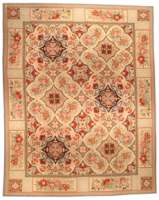 Flat woven rugs are so universal that they appear in almost every culture in the world. From Turkey to Peru, everyone can enjoy their beautiful patterns and stunning colors. In the Orient, there are kilim rugs as well as soumaks. Scandinavians call them rollakans. Artisans make all kinds of flat woven rugs on the looms. The technique is to interlock warp (vertical) and weft (horizontal) threads. Because of that, flat woven rugs have no pile whatsoever and tend to be thinner than knotted rugs. Their versatility makes them useful in many situations. Flat woven rugs have served for centuries not only as flooring but also wall hangings, saddle pads, among others.
Flat woven rugs are so universal that they appear in almost every culture in the world. From Turkey to Peru, everyone can enjoy their beautiful patterns and stunning colors. In the Orient, there are kilim rugs as well as soumaks. Scandinavians call them rollakans. Artisans make all kinds of flat woven rugs on the looms. The technique is to interlock warp (vertical) and weft (horizontal) threads. Because of that, flat woven rugs have no pile whatsoever and tend to be thinner than knotted rugs. Their versatility makes them useful in many situations. Flat woven rugs have served for centuries not only as flooring but also wall hangings, saddle pads, among others.
Flat Woven Rug Patterns
Practically all kilim and tribal symbols gradually transitioned to pile carpets. It is because nomads and semi-nomads roamed the continent with their flat woven rugs. Deriving mostly from Anatolia and Caucasus, antique kilims employ a simple flat woven or tapestry technique. There, horizontal wefts cover the vertical warps.
Patterns and color palettes of flat woven rugs vary depending on the origin place. Scandinavian carpets tend to be more conservative. In turn, Turkish kilims are colorful and rich in design.
Fibers in flat-weaves may vary depending on the region. Usually, the warp threads are linen, silk, cotton, or wool. There are few limitations for the weft. Wool is the most popular choice yet many people pick flat woven rugs made of plant fibers such as hemp or sea grass.
Kilims – Oriental Flatweaves
One of the finest examples of flat weave rugs are Moroccan or Turkish kilims. They contain the magic of the Orient and fit into contemporary decors, creating a free-spirited boho atmosphere. Kilims are Oriental flat woven rugs. They have always been an astonishing means of expression for the middle-Eastern weavers. Each Oriental flat weave rug tells a story written in the language of symbols and motifs. It is clear to those who have possessed the knowledge about the secrets of antique rugs. Women, for the most part, have dealt with the making of oriental rugs. Next to the artistic aspect, flat-weaves were for them a way of communicating dreams, fears, needs and blessings. Flat woven rugs are then an early form of feminism. They allowed women to speak out their minds long before the coming of the Suffragettes.
Rollakans – Scandinavian Flat-Woven Rugs
Another iconic type of flat weave rugs are Scandinavian rollakans. Since the mid-20th century, they were one of the most desired floor coverings in design. Scandinavian flat weaves constitute the essence of the Northern philosophy. They are practical, durable, affordable and mesmerizing. Rollakans carry patterns based on breathtaking natural surroundings of Sweden, Norway or Finland. Their colors are normally soft and muted. Flat weave rugs from Scandinavia show how simplicity can be chic. Iconic designers from the past have contributed to their present shape. That includes the Grande Dame of Scandinavian rollakans – Marta Maas-Fjetterstrom or Judith Johansson.
Flatweave Rugs for Sale at DLB
We are constantly exploring new textures and pile lengths for almost all our designs. Doris Leslie Blau encourages the clients to collaborate with us as part of our team. Custom artisan flatweave rugs celebrate the beauty and integrity of the natural materials. They are individually crafted to the highest standards. DLB has a diverse selection of new flat weave rugs for sale. Whether you choose a new or a custom flat weave rug, we are confident in the durability of the rug to withstand decades of use.












